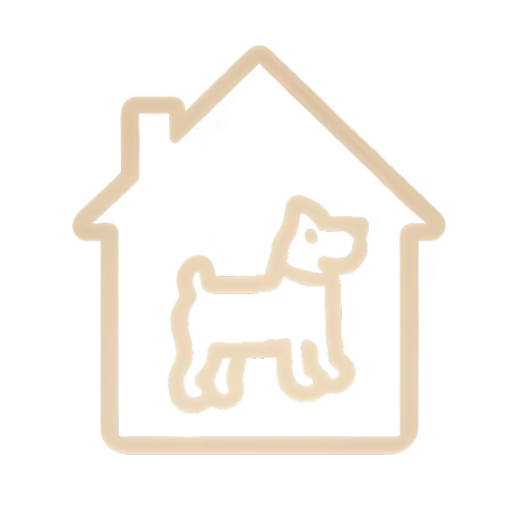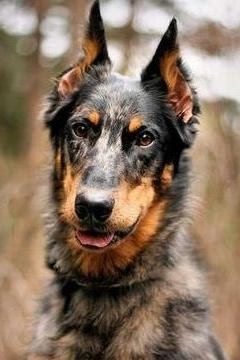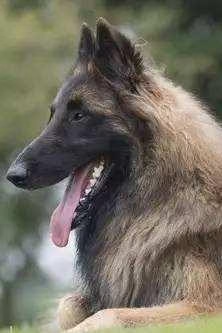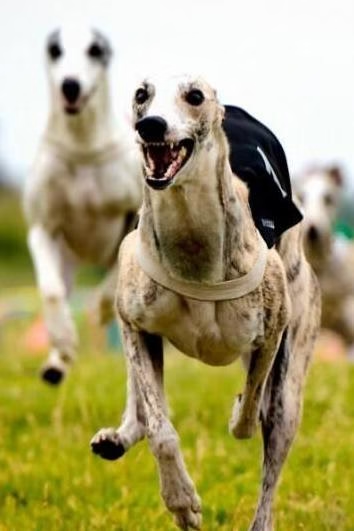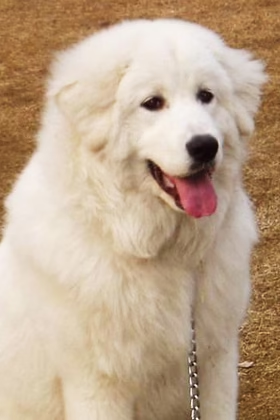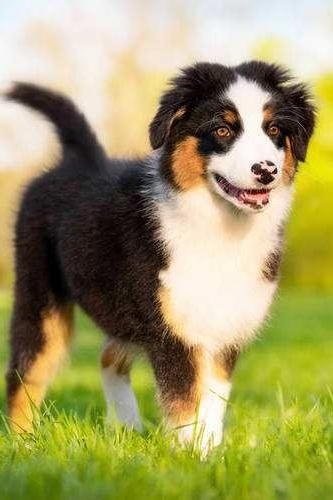Great Dane (Berner Mountain Dog, German Dog, Great Dane Dog, German Mastiff)
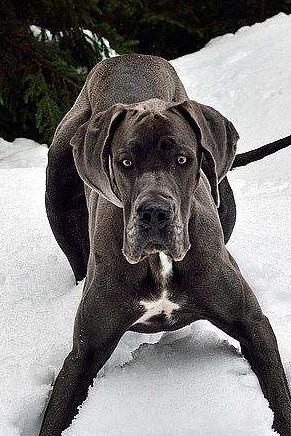
Great Dane
Berner Mountain Dog, German Dog, Great Dane Dog, German Mastiff
Basic Information
- Category: Pet Dog
- Origin: Germany
- Body Type: Extra-large
- Height: 70-90cm
- Hair Length: Short hair
- Lifespan: 8-14 years
Ratings
| Trainability | ⭐️⭐️⭐️⭐️ |
| Affection Level | ⭐️⭐️⭐️ |
| Barking Level | ⭐️⭐️⭐️⭐️ |
| Shedding Level | ⭐️⭐️⭐️ |
Breed Introduction
The Great Dane (English: Great Dane), also known as the German Mastiff (German: Deutsche Dogge), and the Danish Hound (German: Dänischer Hund), was once bred by European royalty and aristocrats, symbolizing noble status and regarded as the Apollo of the dog world. It originated in Germany and has roots in Denmark, with ancestors being large mastiff-like breeds (such as the Shar Pei from China, the Tibetan Mastiff from Tibet, and the Tosa from Japan). Its height generally ranges from 70 to 90 cm, with a weight of 50 to 70 kg. The coat is short, thick, and glossy, with a large, narrow head. The colors vary, including fawn, brindle, blue, black, or black and white patches. The Great Dane’s appearance is noble and elegant, possessing a large body, well-muscled, strong, and robust. Among large working breeds, it is the only one with a proportionate physique that can easily undertake long journeys. It is often referred to as the dog of the sun god. The Great Dane must be brave, friendly, and trustworthy. The perfect combination of body and spirit gives the Great Dane a regal presence. Males are typically more masculine, while females tend to be gentler.
Historically, the Danish Mastiff (also known as the Great Dane) is dubbed the ‘gentle giant’ in the dog world, characterized by a gentle temperament and great strength. George, a Great Dane from Tucson, Arizona, won the title of ‘World’s Largest Dog’ in February 2012 due to his robust physique. With a height of 1.2 meters from paw to shoulder and a length of 2.52 meters from nose to tail, he weighed 111 kg. George consumed 50 kg of food monthly and slept on a specially made large bed. He is still the holder of the Guinness World Record for ‘World’s Tallest Dog.’
The English name for the Great Dane is derived from the French term for ‘large Danish dog.’ For centuries, this breed has had many names in France, and this is just one of them. It remains a mystery why the English adopted the French name for the Great Dane. Meanwhile, the French also refer to this dog as ‘dogue allemand’ or ‘German mastiff.’ The English term ‘mastiff,’ the German ‘dogge,’ and Latin ‘dogue’ or ‘dogo’ all mean the same thing: a large dog with a big head used for fighting or hunting. At the time, the Great Dane was one of several breeds known by their own names.
The development of the Great Dane originates from breeds as large as the hound. Many descriptions exist in ancient literature. It is believed that the Great Dane, living in the southern Mediterranean regions, arrived in Germany with early Persian merchants or Roman armies. It can be confirmed that the ancestors of the Great Dane were kept by European royalty and nobles. In medieval times, the Great Dane was not only a symbol of nobility but also demonstrated outstanding skills in hunting wild boar and wolves. The depiction of a dog very similar to the Great Dane appears on monuments from ancient Egypt dating back to around 3000 BC. The earliest descriptions resembling the Great Dane can be found in Chinese literature dating to 1121 BC. Dr. G. Ciaburri, in an article published in 1929 by the Italian Great Dane Club, stated that renowned zoologists believed mastiff dogs originated in China; however, subsequent breeding likely occurred in Germany. The German mastiff or Great Dane has been bred as an independent breed for about 400 years. Like other ancient breeds, the initial breeding of the Great Dane was to assist people in their work. Germans used Great Danes to hunt wild boars. Among all pigs in mainland Europe, wild boars are the fiercest, fastest, and strongest. To catch wild boars, they needed a very large dog; hence, the Great Dane, known as the ‘Emperor of Dogs’ in Germany, was bred.
In 1880, in Berlin, Dr. Bodinus convened a meeting of Great Dane judges, declaring that this dog should be called ‘Deutsche dogge,’ thus abolishing other names, with the exception of the name Great Dane, which was largely ignored by English speakers. Many Italian dog enthusiasts could not provide sufficient evidence to call this dog ‘alano,’ meaning ‘a type of mastiff,’ corresponding with their club name ‘Italian Mastiff Club.’ However, discrepancies in the name Great Dane did not hinder the close cooperation between dog lovers from Germany and Italy. Italian breeders only used Great Danes imported from Germany and their descendants for breeding. In 1891, the German Great Dane Club adopted a precise set of standards known as the official standard for measuring Great Danes. The Great Dane Club was established in the UK in 1885, and in 1889, the German Mastiff or Great Dane Club was founded in Chicago, with G. Muss-Amoldt as its first representative. Two years later, the club reorganized as the American Great Dane Club, whose members at that time were mostly from the East.
